Irrigation from University of Vermont Extension Workshops, Photo Credit: Jennifer Brown
Overview
Use of irrigation can prevent crop losses due to drought, support consistent crop yield and quality, and allow production of a greater variety of crops. Even in areas where crops have historically been produced without supplemental irrigation (e.g., the Northeast United States), there is growing evidence for the economic benefits of irrigation. As climate change and variability increases the frequency and severity of extreme weather patterns, such as heat and drought interspersed with heavy precipitation events, the need for and benefits of irrigation are likely to increase for Northeastern U.S. farmers.
There are a variety of irrigation systems that farmers may consider installing. Two options suitable for small and medium New England farms are drip and solid set sprinkler irrigation systems. This brief presents these irrigation systems generally and does not address their use in specific contexts such as high-tunnels or greenhouses.
Farmers interested in more information about technical and financial support for the implementation of these systems should consult with local extension agents. Potential irrigation water sources include an on-farm pond fed by runoff from surrounding areas, an on-site well, or nearby streams and lakes. The quantity and quality of water are site-specific but are of significant importance. A rough estimate of the irrigation water (pumping rate) need for the region is about 10-15 gallons per minute per acre for irrigation events lasting about 8 hours a day.
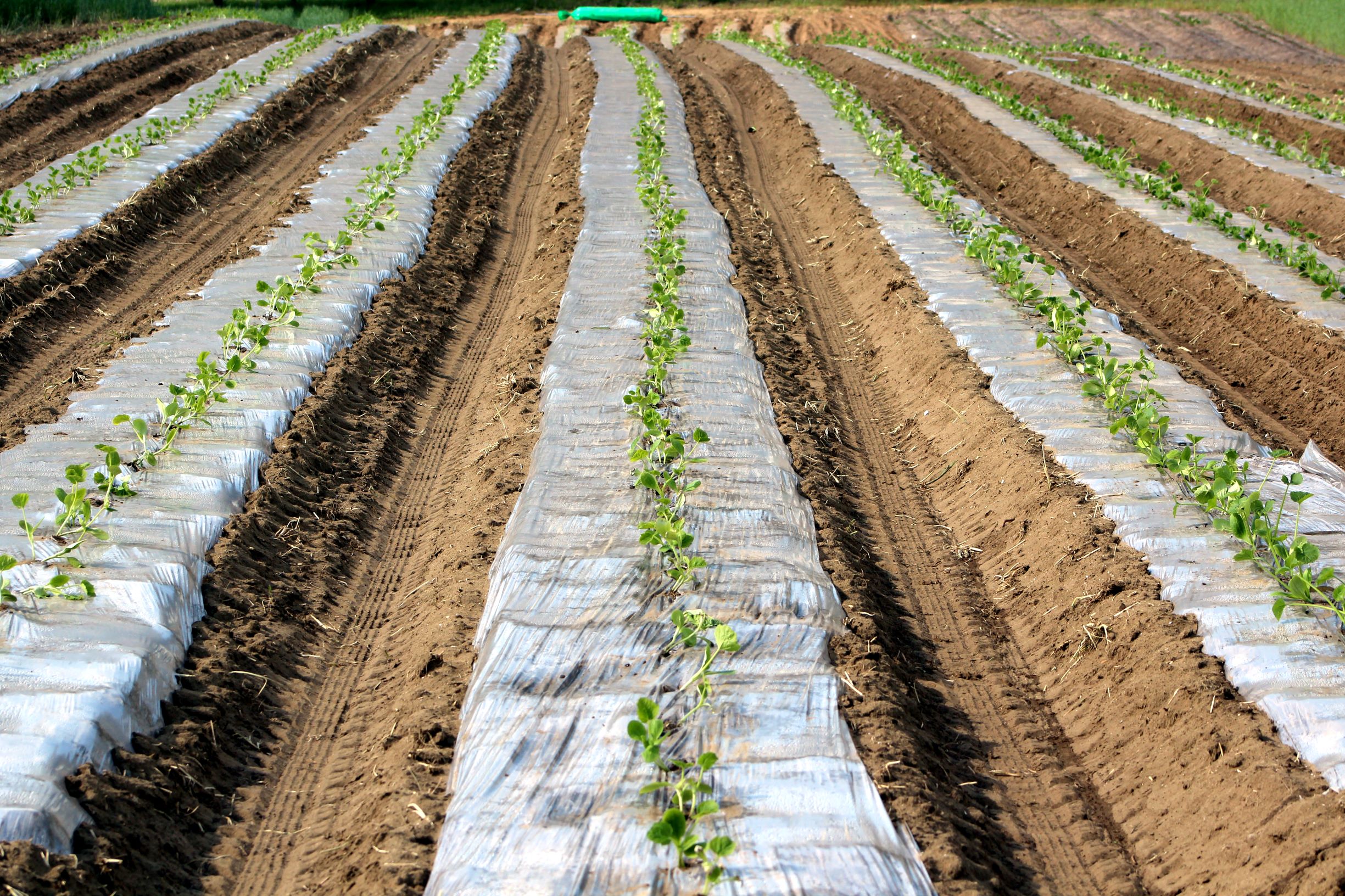
Irrigation from University of Vermont Extension Workshops, Photo Credit: Jennifer Brown
Drip irrigation brings water to crop root zones through low pressure devices, such as drip emitters, micro spray, sprays, and bubblers, that are operated just above or directly on the ground, or just under the soil surface. This option works well in orchards and vineyards and in vegetable and flower production. While drip irrigation is easy to install, highly efficient, effective on sloping and oddly shaped fields, and largely unaffected by wind, it has high management and maintenance needs, including those related to issues such as clogging and bacterial and algal growth.
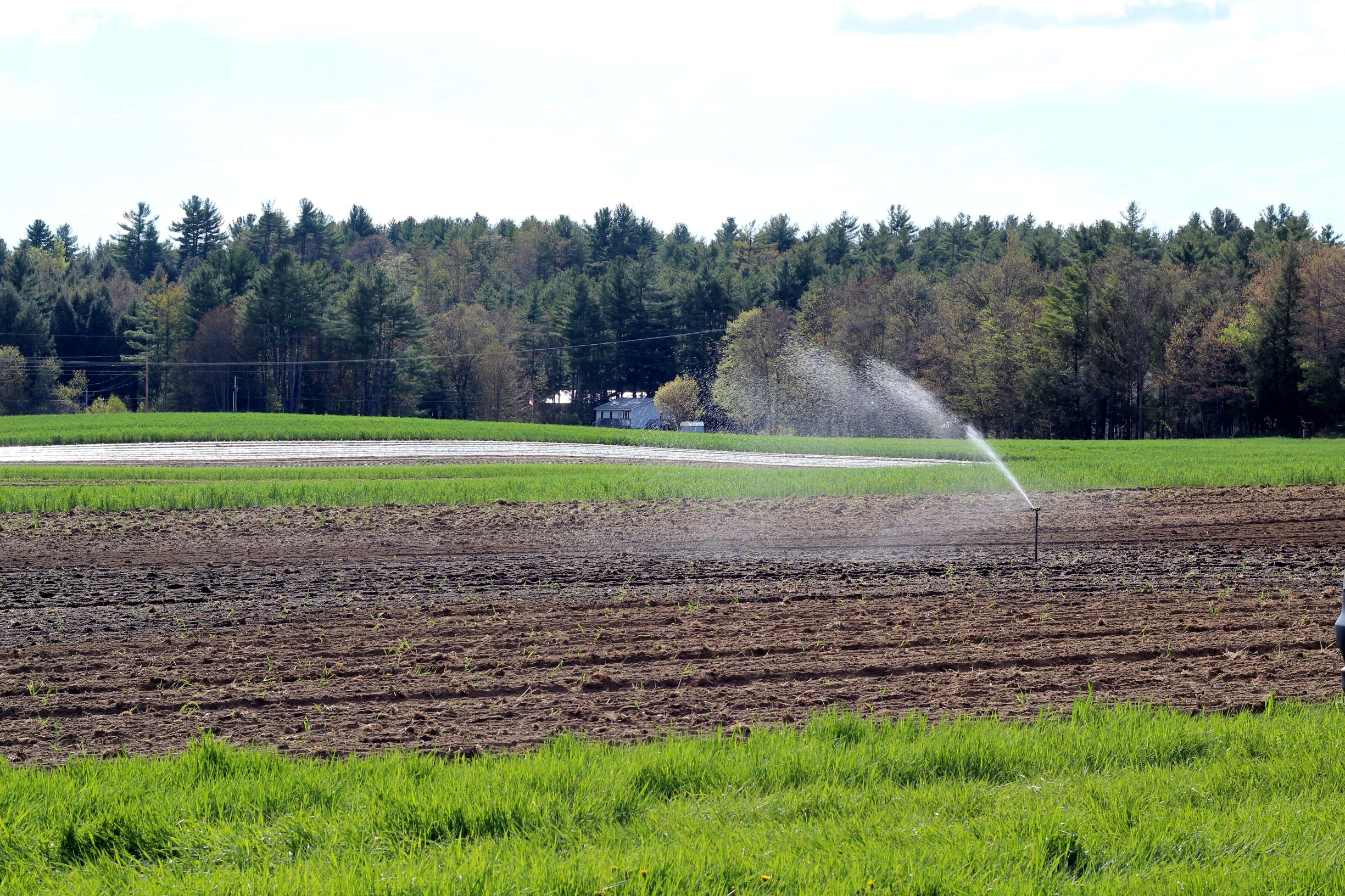
Irrigation from University of Vermont Extension Workshops, Photo Credit: Jennifer Brown
Solid set irrigation is a sprinkler system that uses higher pressure and water volume than drip irrigation. It is frequently used on small and medium farms due to its adaptability to a variety of soil and field conditions, the ability to easily automate it, versatility offered by the option to make it portable, and for its additional use for frost prevention. Furthermore, sprinklers can be beneficial when plants are in early growth stages with shallow root systems since sprinklers wet the entire field area and ensure that the entire crop has access to water. Due to the high flow, a substantial water supply, such as that from a pond or large well, is required to support this sprinkler system. Weed control around the sprinkler risers is also needed to maintain their visibility and prevent accidental damage from farm equipment operated nearby. Solid set sprinkler systems may also require close management, ensuring that the rate of application does not exceed the rate of soil absorption to prevent overwatering and subsequent runoff and erosion. Since uniform application of water can be a challenge with sprinklers (e.g., windy days), attention should be given to all sprinkler irrigated areas to avoid under- and over-watering.
These visualizations are designed to help the viewer picture how the implementation of silvopasture appears in the context of a real New England farm. These images depict the different stages of practice implementation and help the viewer anticipate how silvopasture will appear over time and what implications it may have for the farm. To use these images, please request permission from Stephanie Hurley (stephanie.hurley@uvm.edu).
Slide to Implement Practice
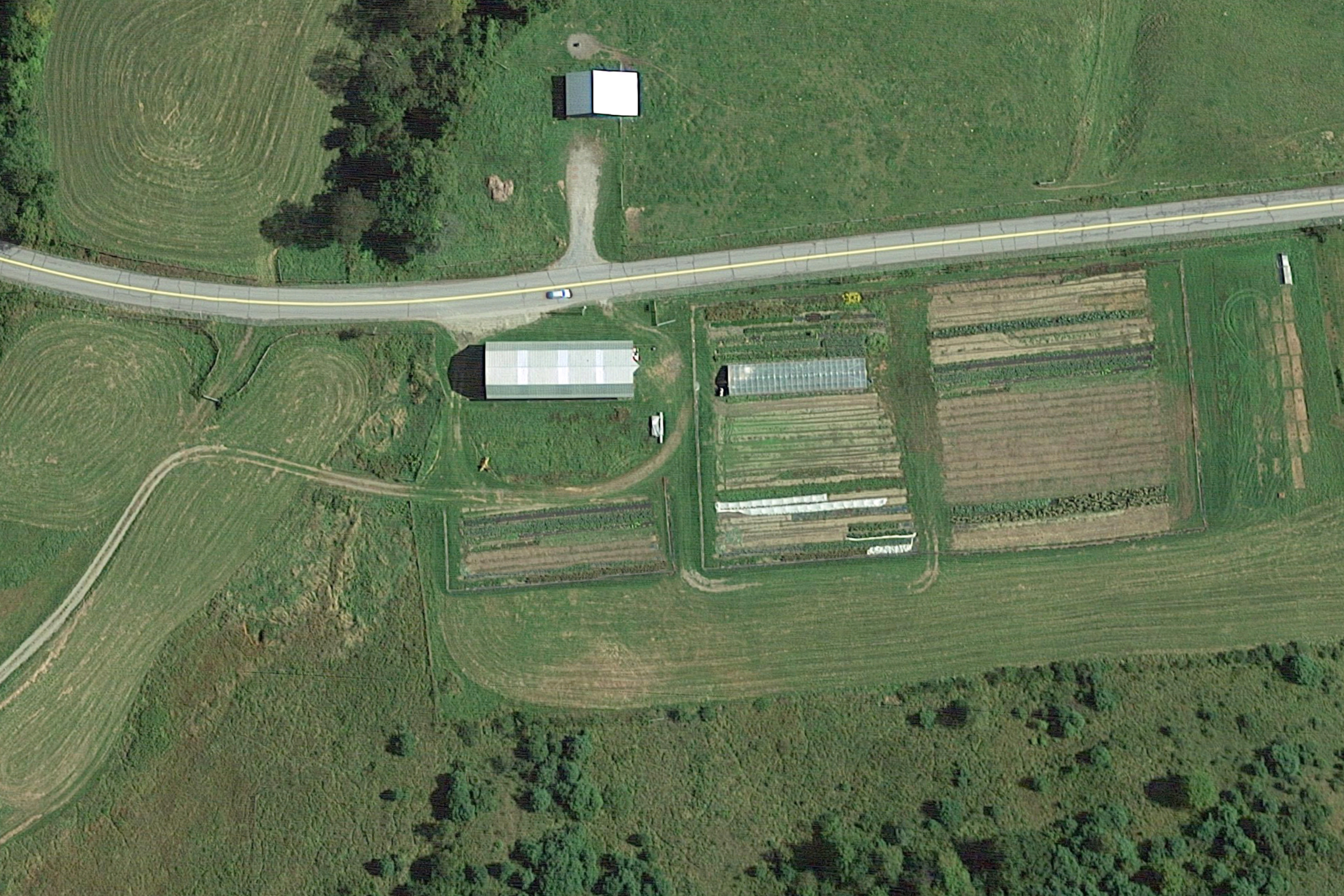
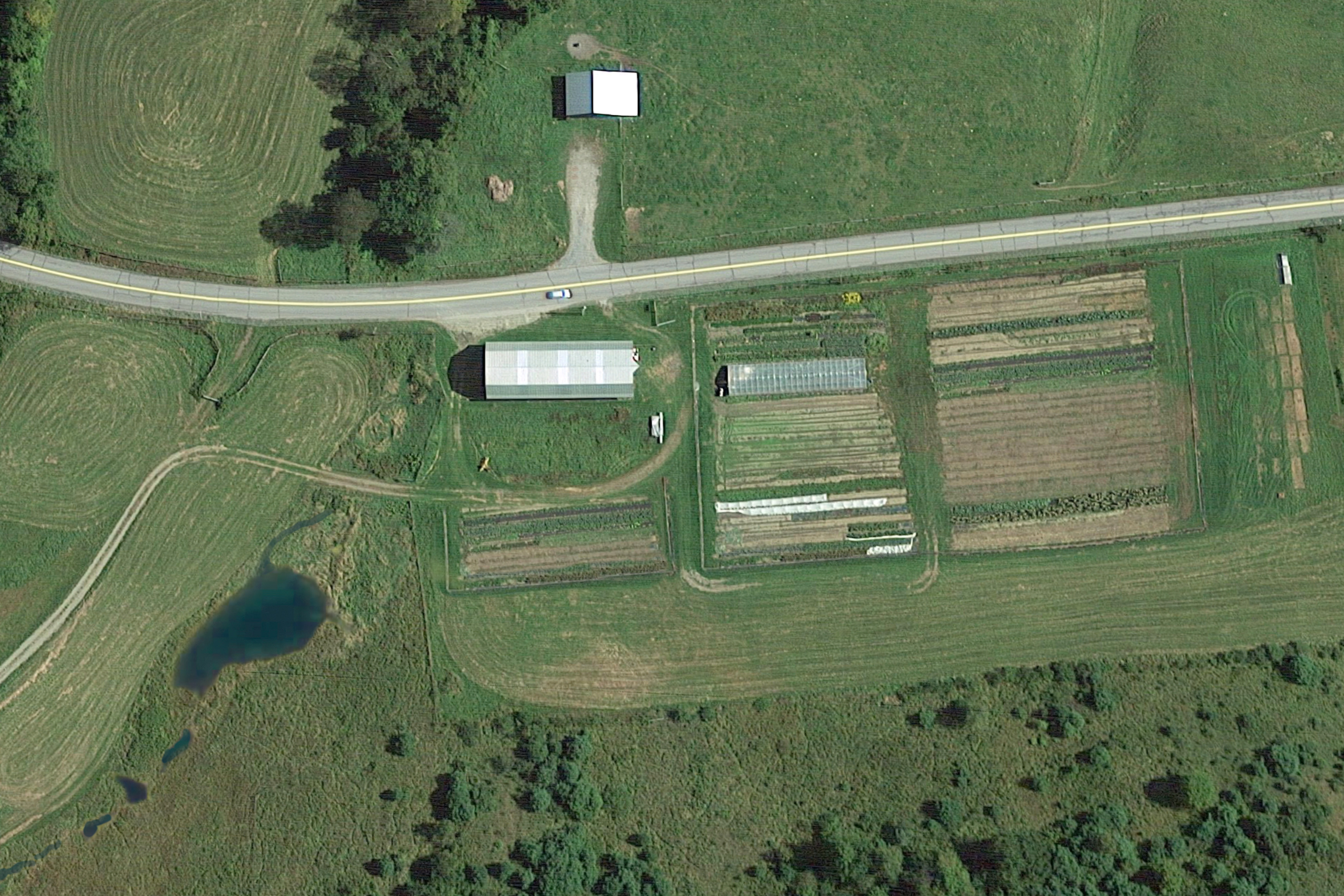
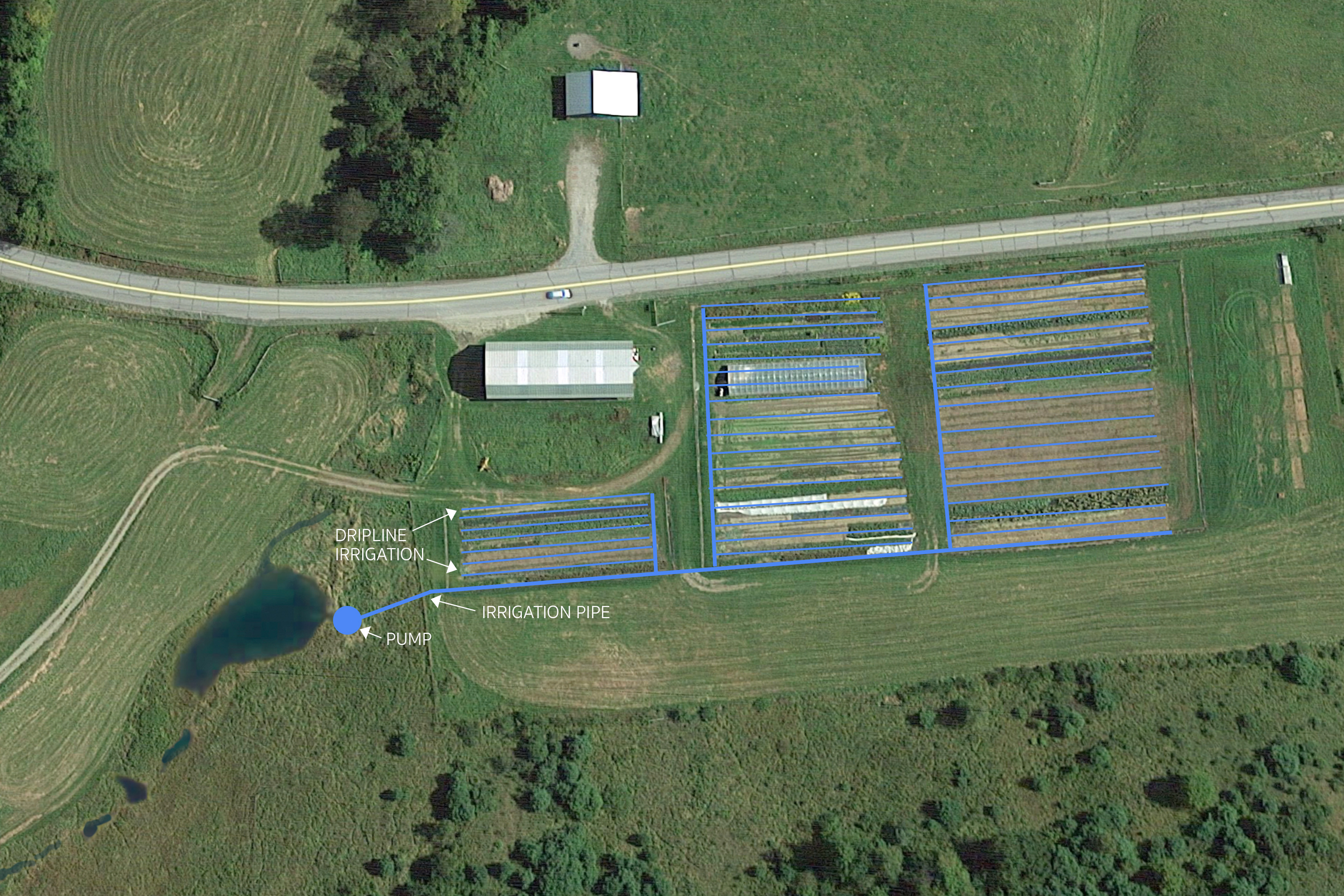
Stage 1: Farm before pond or irrigation lines.
Stage 2: Addition of farm pond for irrigation water supply.
Stage 3: Diagram of pump and irrigation system installed.
Slide to Implement Practice
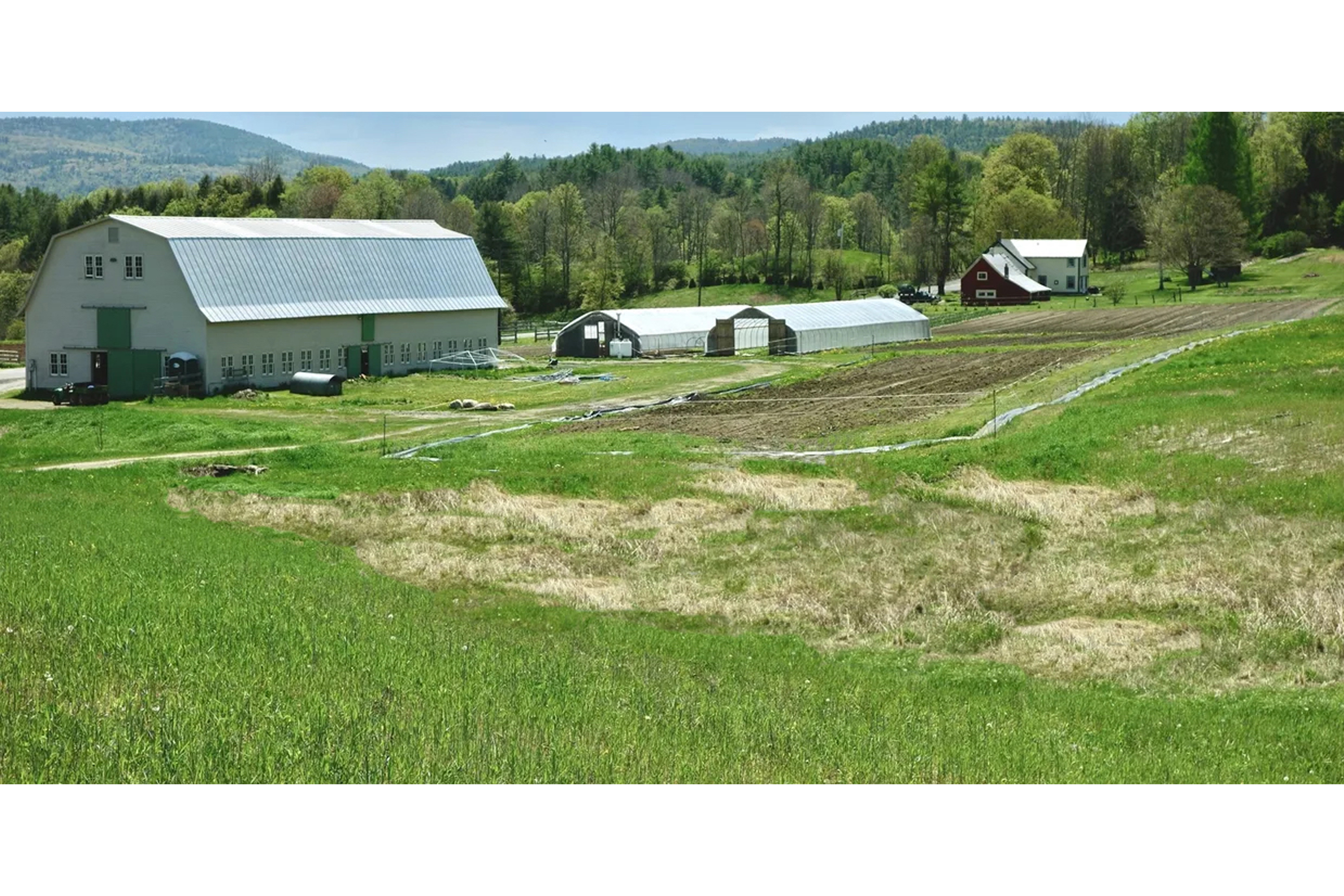
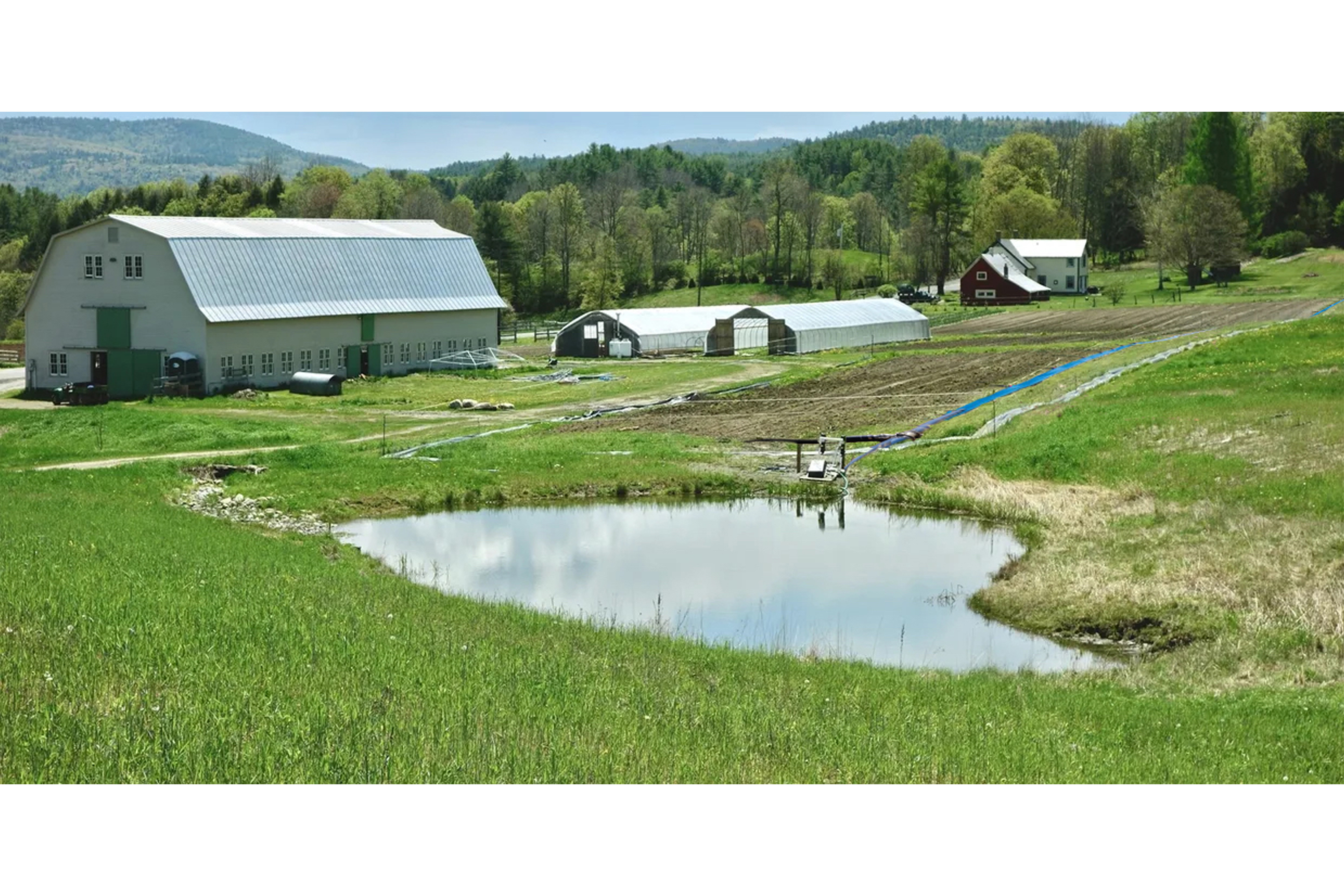
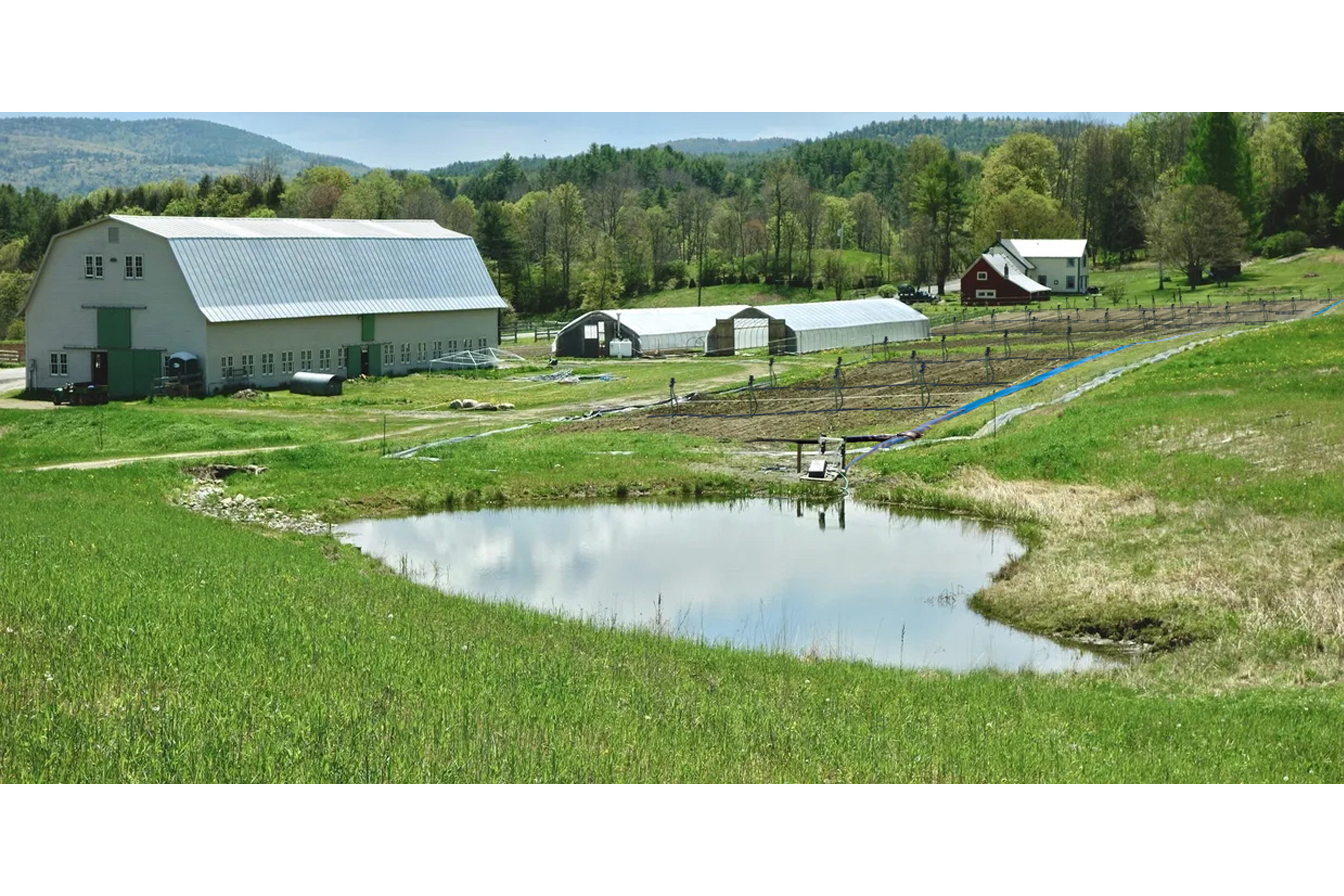
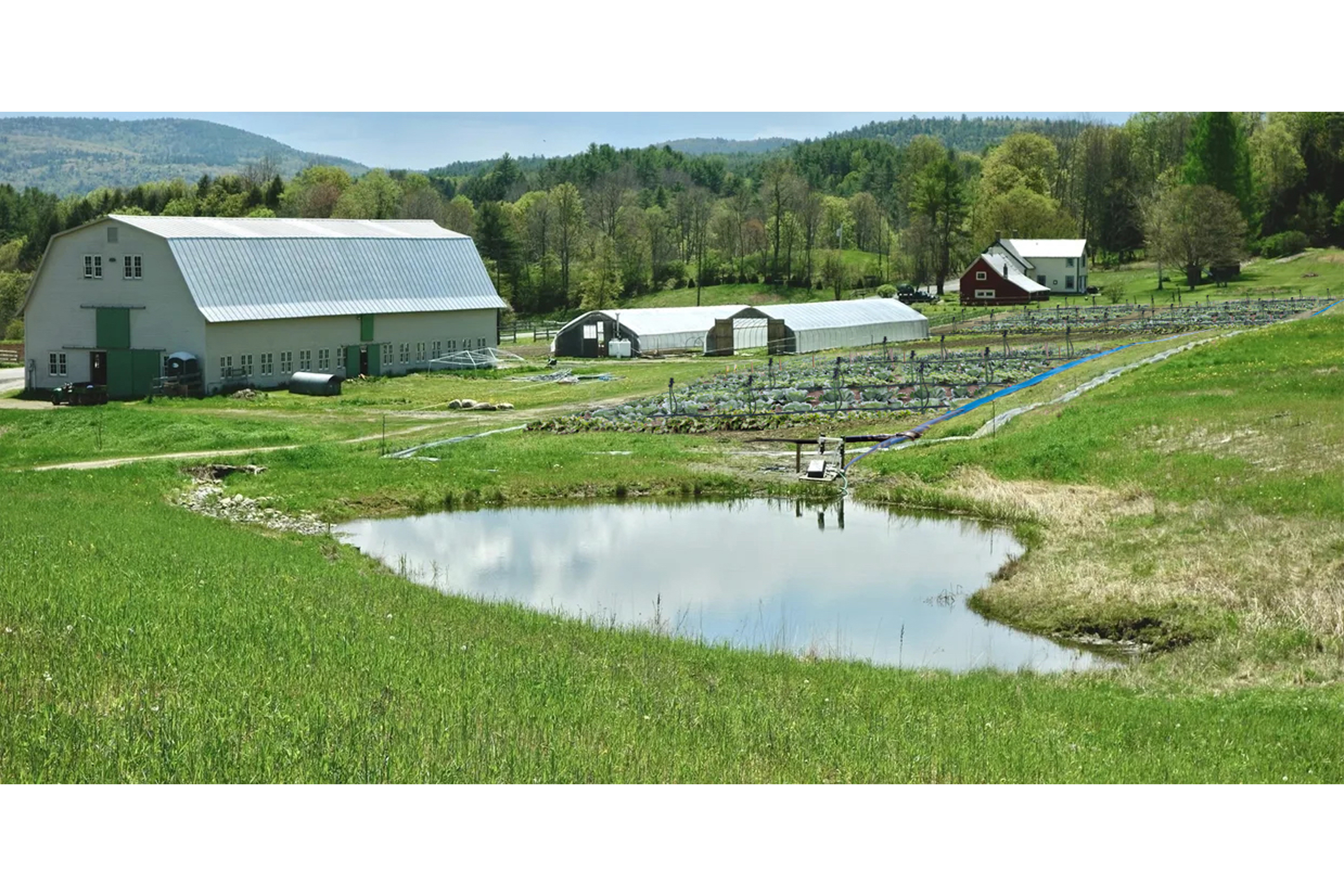
Stage 1: Existing farm with vegetable crops.
Stage 2: New irrigation pond, pump and pipes established as water source.
Stage 3: Aerial sprayers added to create combined drip and sprinkler irrigation system.
Stage 4: Crops grown with pond-irrigation system.
Our team developed this economic tool to assist farmers and their advisors in understanding what the general costs, revenues and profits may be for a farm that implements different climate adaptation practices. A farmer or advisor can input farm-specific data using the estimator to generate a general understanding of many of the economic costs associated with implementation of a practice. Data for the various costs associated with a practice are detailed in a specific practice, as well as the costs considered. This tool should be considered a guide towards better understanding the range of costs for implementation across these practices, and should be used in conjunction with our other tools and technical advisors to better understand the specific opportunities and challenges for implementation on any given farm.
Selecting an Irrigation System: Small Scale Solutions for Your Farm (USDA Natural Resources Conservation Service, January 2009)
Small Acreage Irrigation Guide - (USDA Natural Resources Conservation Service and Colorado State University Extension, Boyd Byelich, Jennifer Cook, Chayla Rowley, Updated February 2019)
Getting started with drip irrigation: components and costs (University of Vermont Extension, Rachel Schattman and Chloe Boutelle, Updated November 2018)
The Maine Irrigation Guide 2005, Information on Water-Source Development and Irrigation Practices (Central Aroostook Soil & Water Conservation District, 2005)
Irrigation pays protecting crop revenues (USDA Northeast Climate Hub) Benefits of Irrigation: Intervale Community Farm
Climate Smart Farming Water Deficit Calculator (Cornell University, Cornell Institute for Climate Smart Solutions, 2021)
Acknowledgements
Research Team:
Principal Investigator: Meredith Niles.
Co-Principal Investigators: Dr. Adam Daigneault, Dr. Nick Cheney, Dr. Joshua Faulkner, Dr. Eric Gallandt, Dr. Stephanie Hurley, Dr. Rachel Schattman.
Additional Team Members: Dr. Sonja Birthisel, Dr. Bradford Demarest, Tim Harrold, Beth Holtzman, Carolyn Hricko, Erin Lane, Ruthie Clements, Devon Johnson, Thomas Wentworth.
We thank the following contributors for their expert review of the agricultural practice materials and website:
Hamid Farahani, PhD, Water Management Engineer, USDA-NRCS East National Technology Support Center
Todd Guerdat, PhD, Engineer, USDA Natural Resources Conservation Service
Les Wright, PE, Civil Engineer, Natural Resources Conservation Service, United States Department of Agriculture
Visualization design
and creation
Holly Greenleaf, Greenleaf Design LLC
